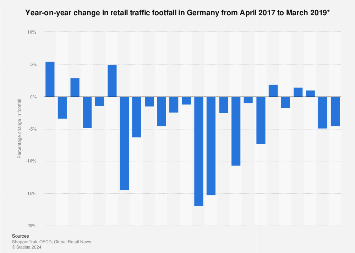I guess they probably acquired more land and widened it, then. The fact remains that a two way guided busway does not fit in the space of a single-line railway, unless you do something else to it, because a single line railway needn't be more than about 3m wide, but two buses next to one another touching are 5m wide (about 2.5m each), so a guided bus formation has to be at least about 5.2m wide to provide a gap between the two buses.
Something else might I suppose involve taking an embankment down to ground level, because buses can do gradients better, I wonder if there was some of that? However, what I do know is that the bit by the Luton Town stadium isn't just on the original railway formation, it takes much more land right up to Hatters Way, and I think goes slightly closer to the stadium, too.
The time they are empty isn't any criterion at all. The criterion is whether having them means the bus doesn't wait in queues on the main carriageway.
That doesn't mean there aren't pointless bus lanes - the ones in Central Milton Keynes are a good example of that.
I think the bit alongside the football ground and Hatters Way wasn't the original railway formation, I believe the railway was moved when Hatters Way was built in the 80s ?
If the buslanes are empty and there are queues of traffic on the adjoining lanes, that is a poor use of space. And I've sat in queues in MK where just that happens - it happens in Northampton as well. At least in London the bus lanes are fairly bus, that's not true in the provinces and their construction is down to a few town hall Hitlers who basically haven't a clue about running a town viably as their town centres usually demonstrate.

